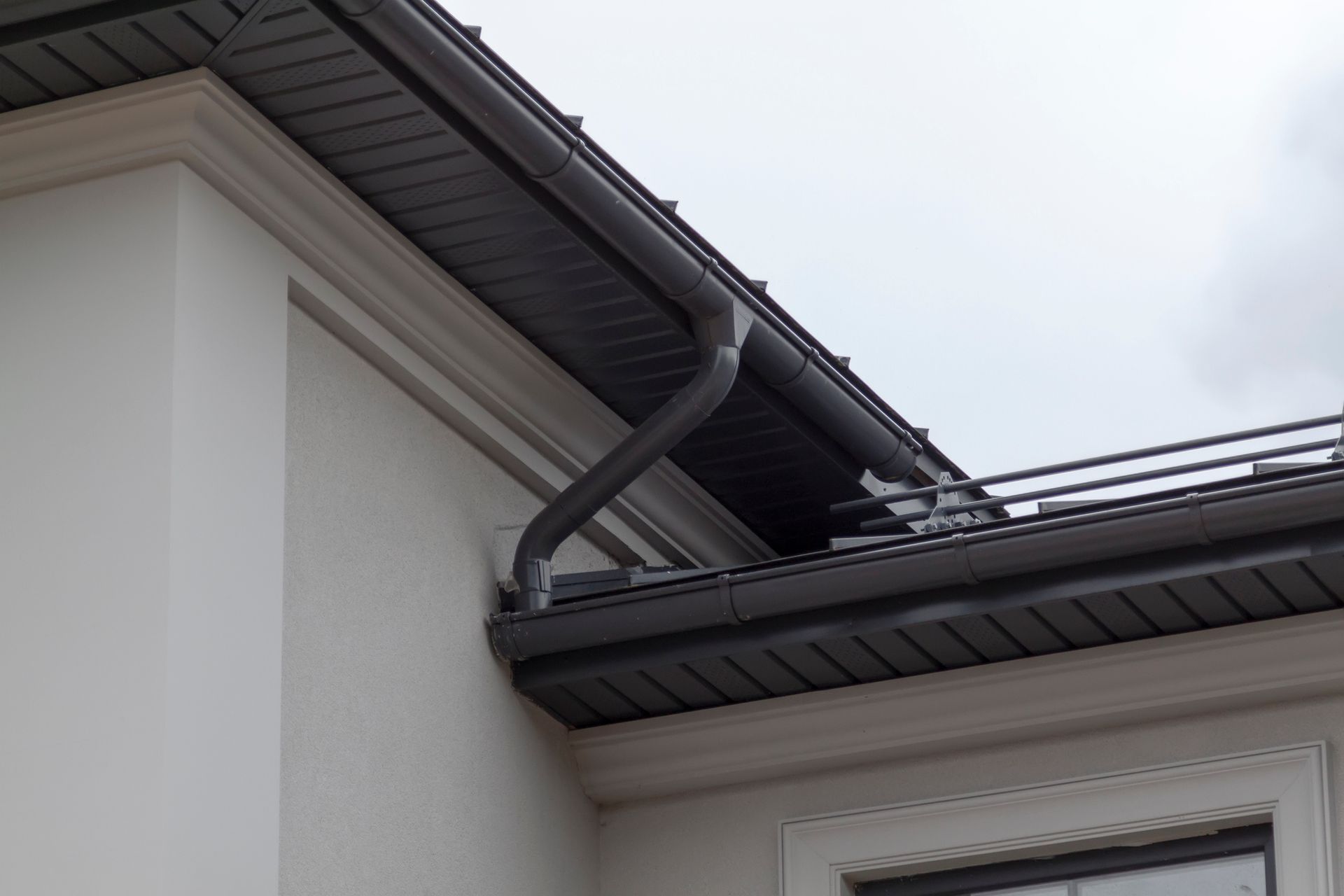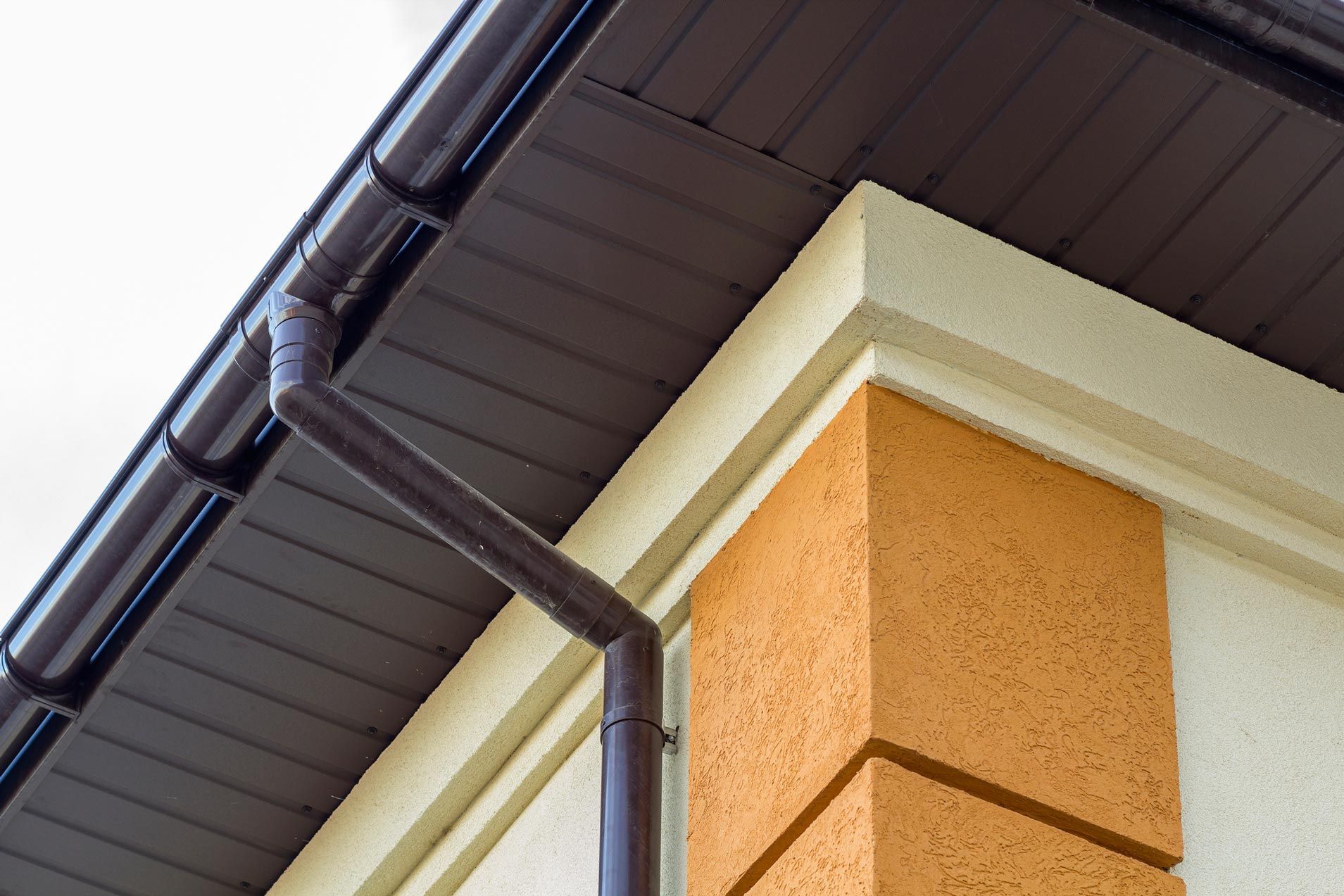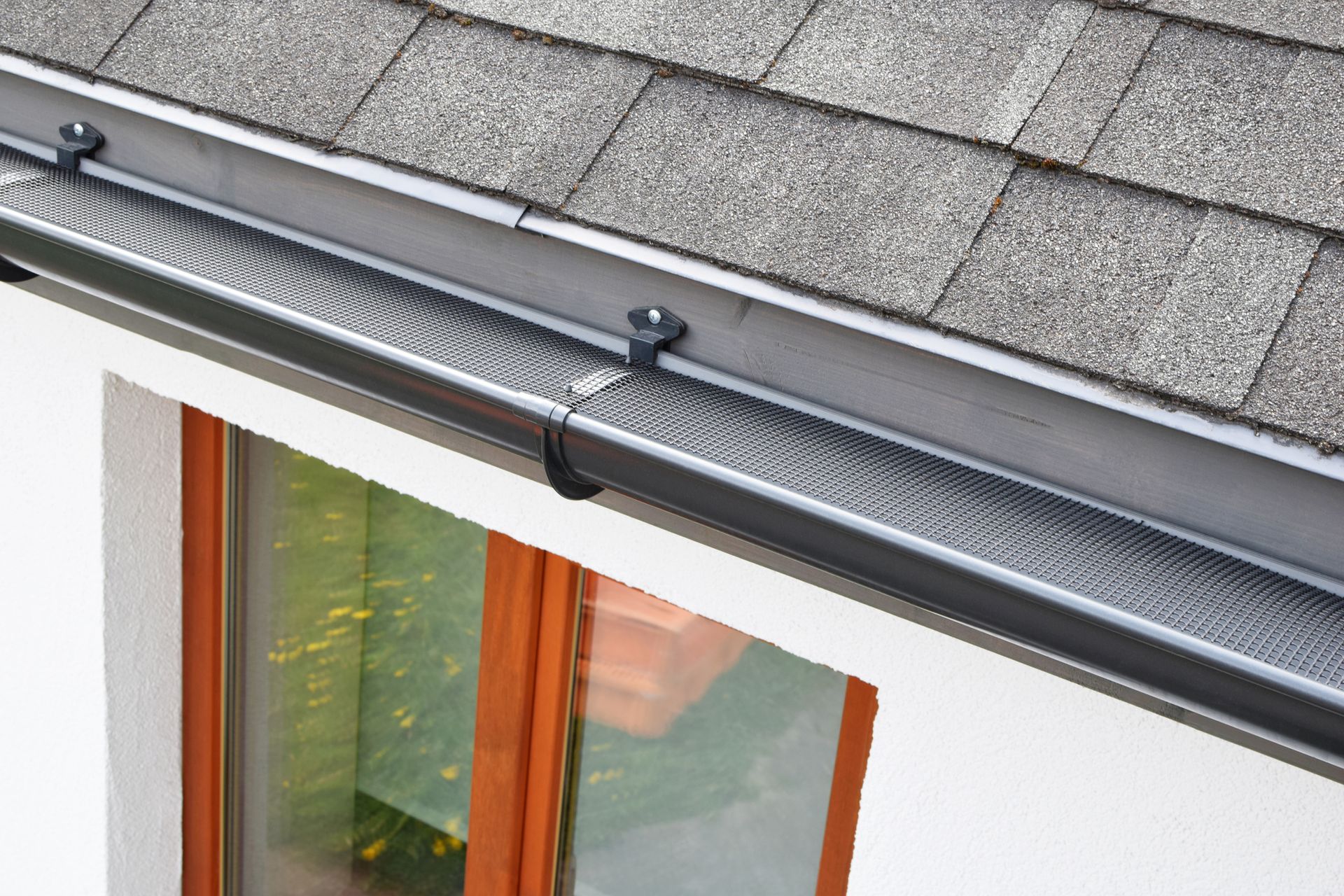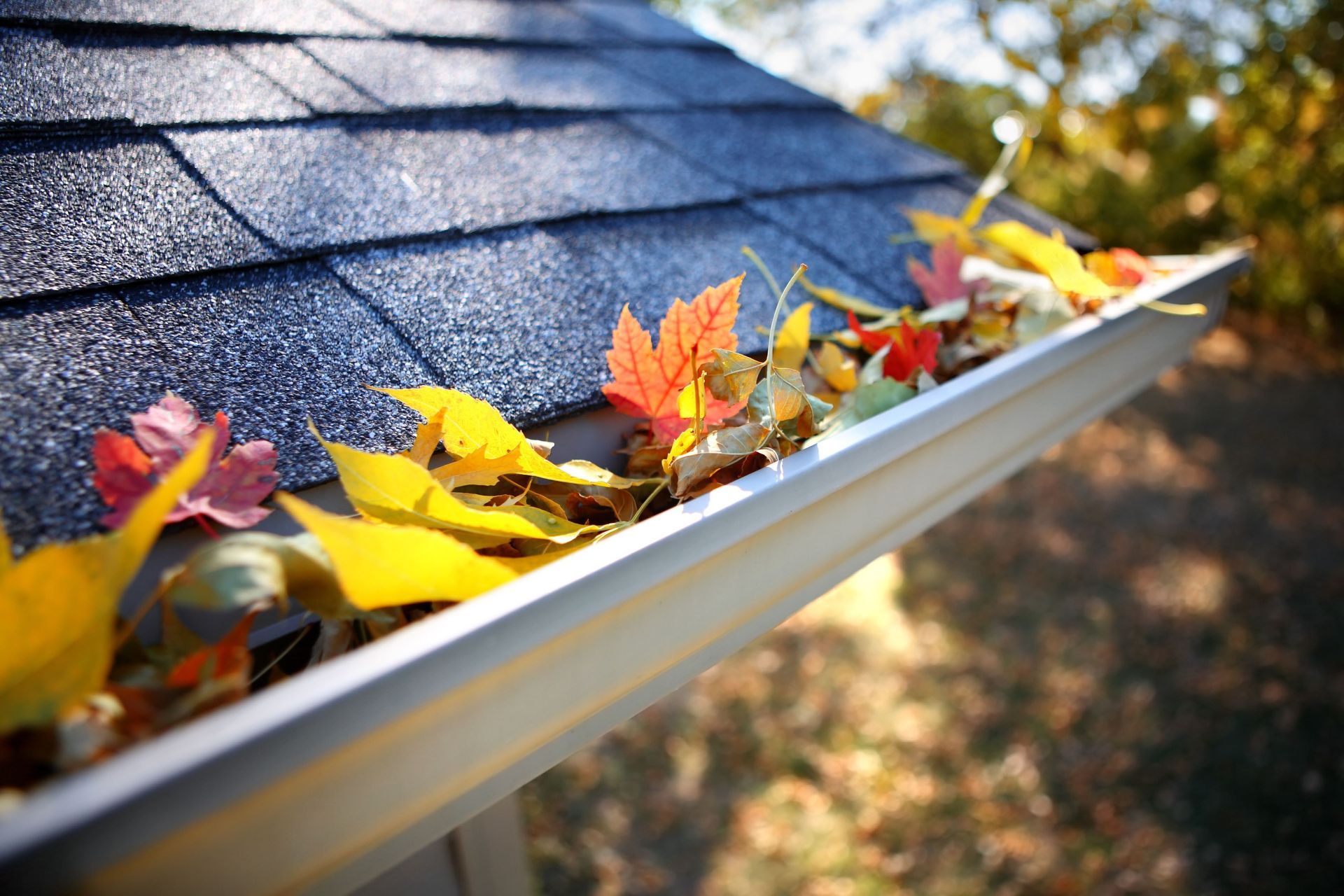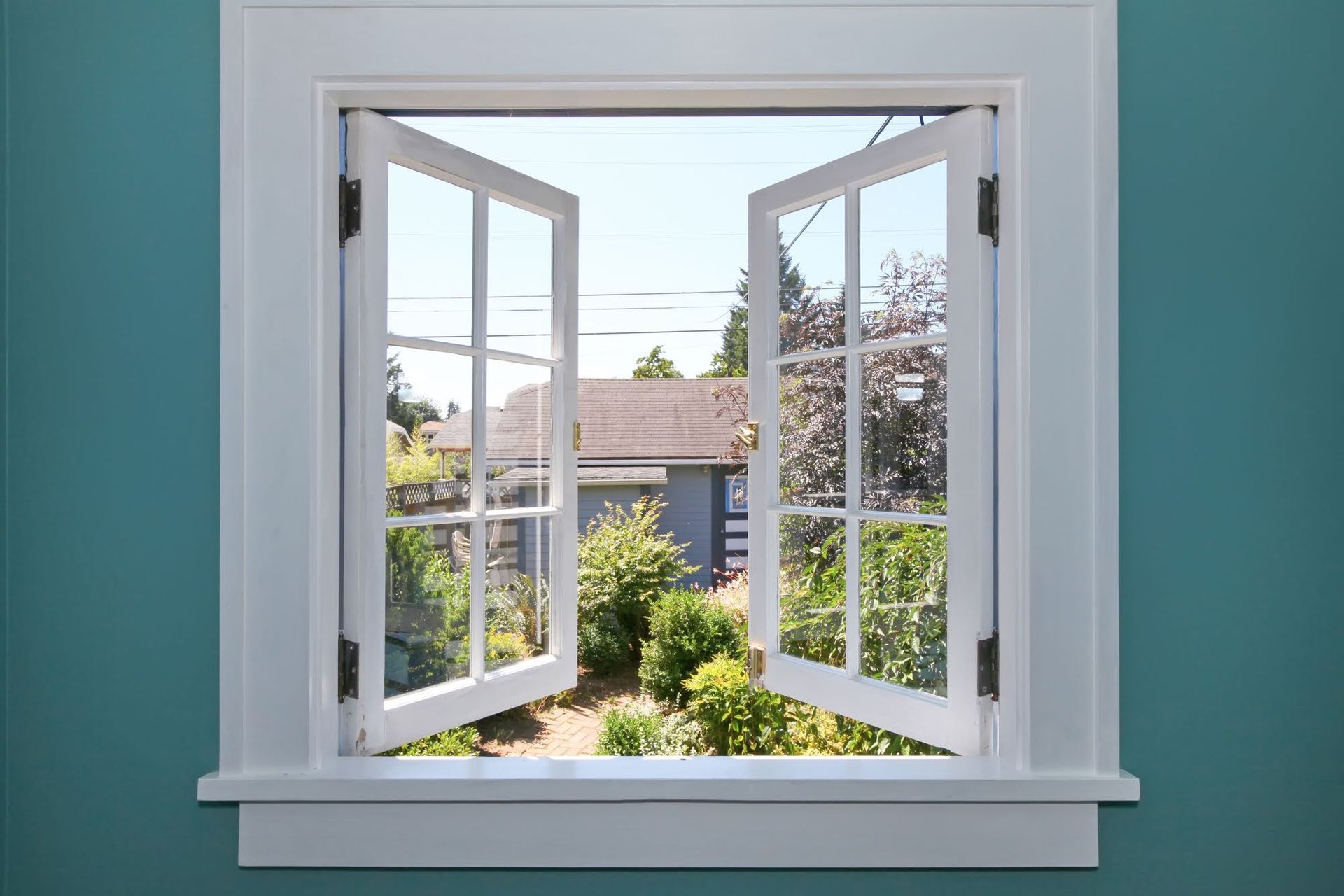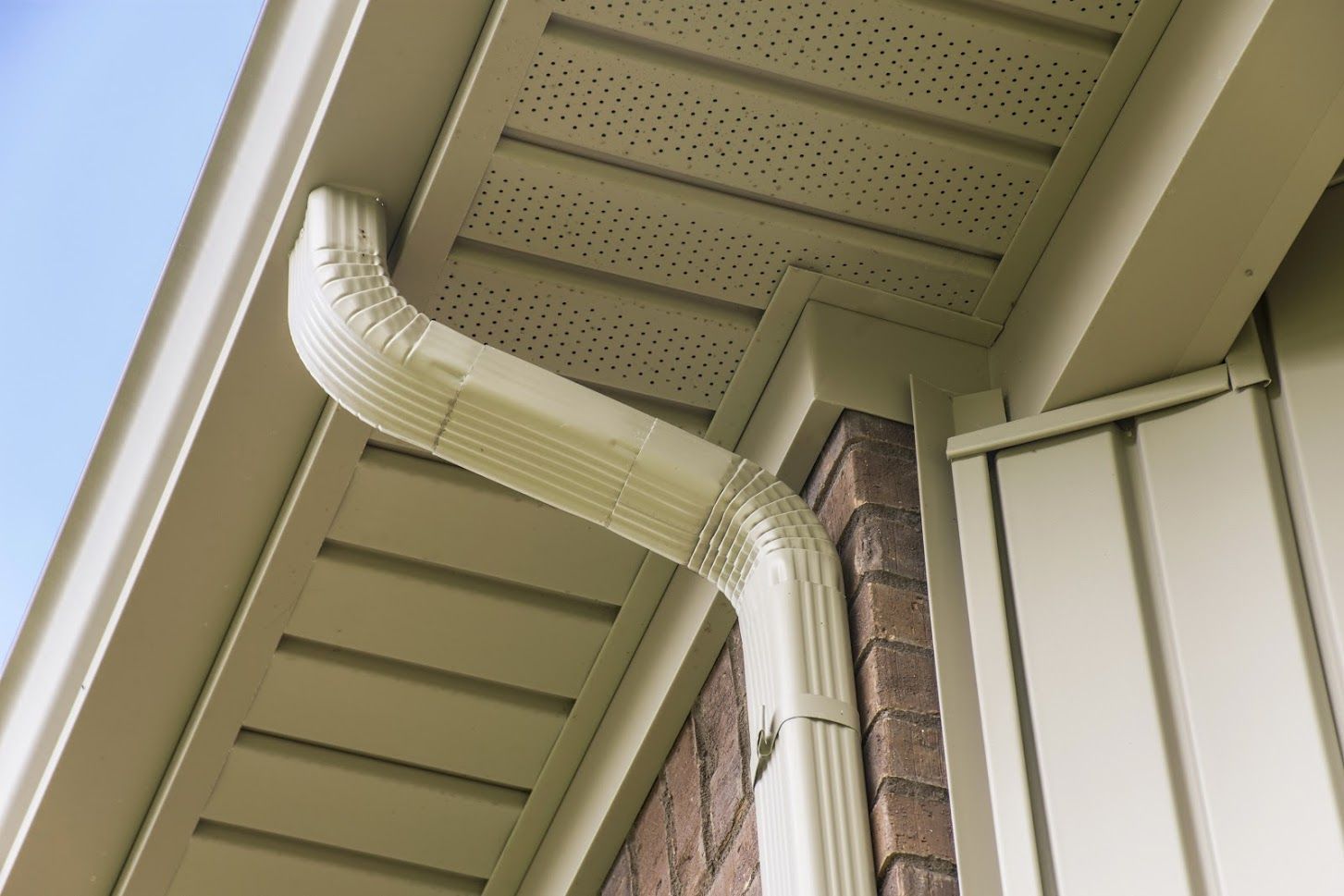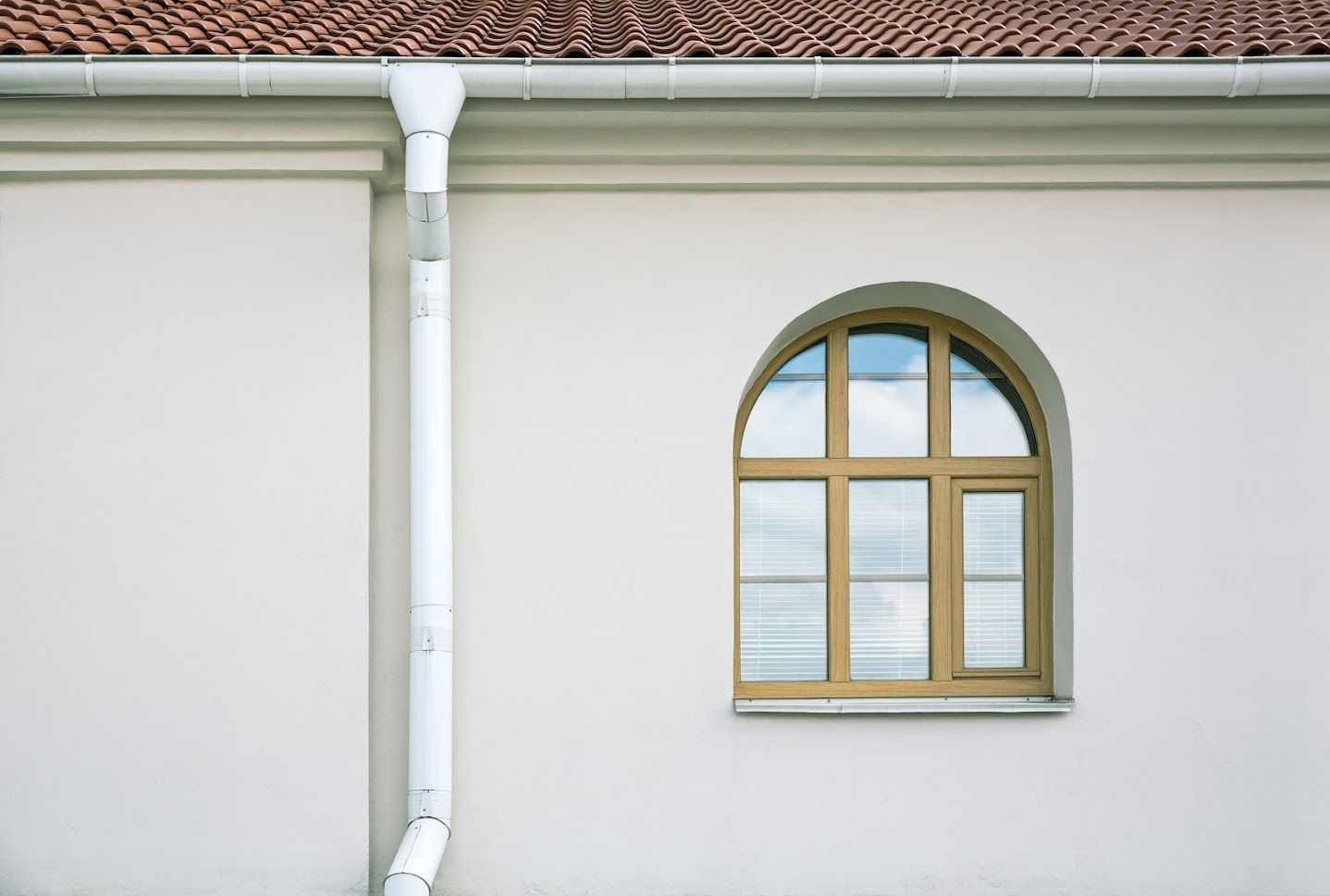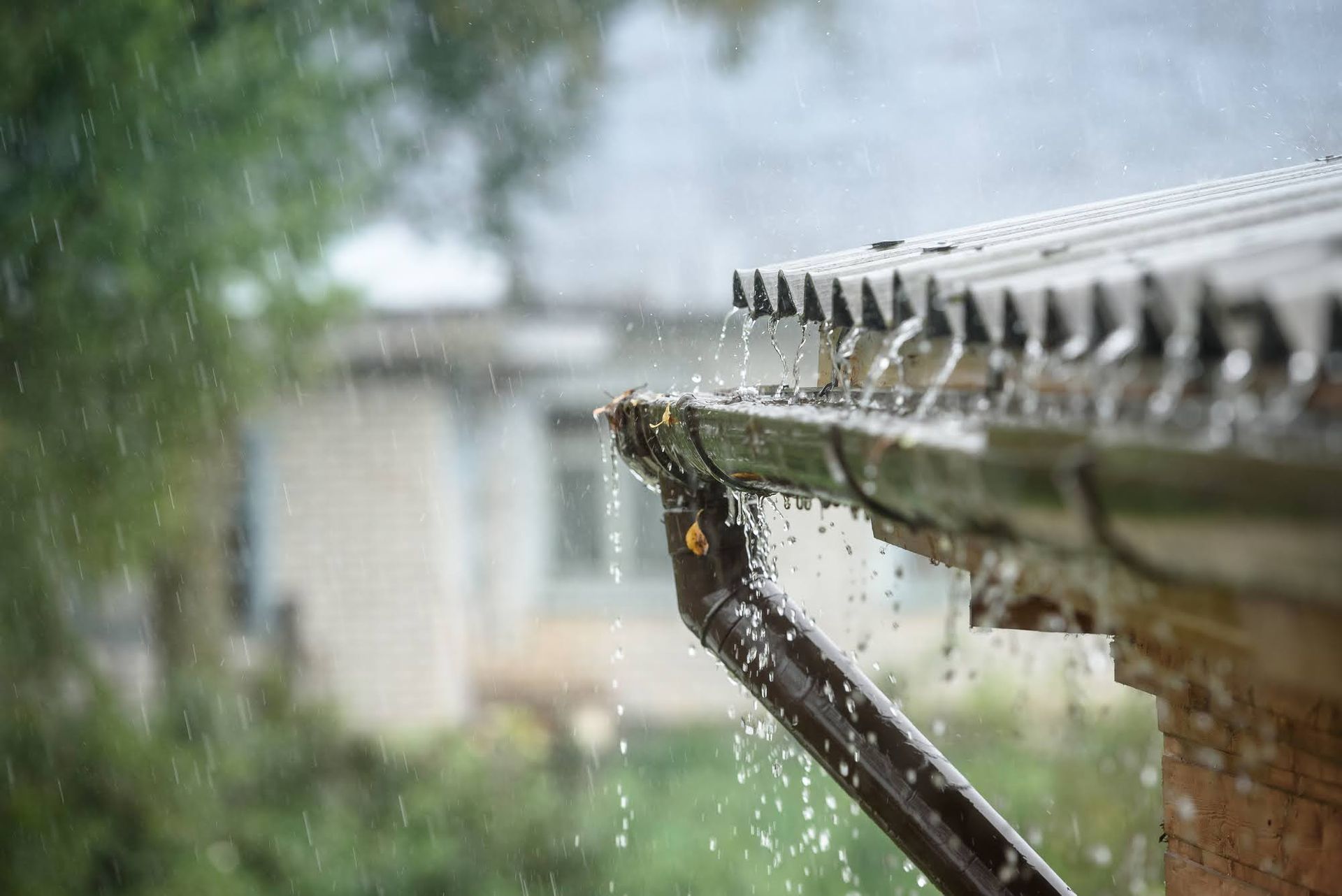How to Improve a Queen Anne House While Maintaining the Style
February 24, 2019
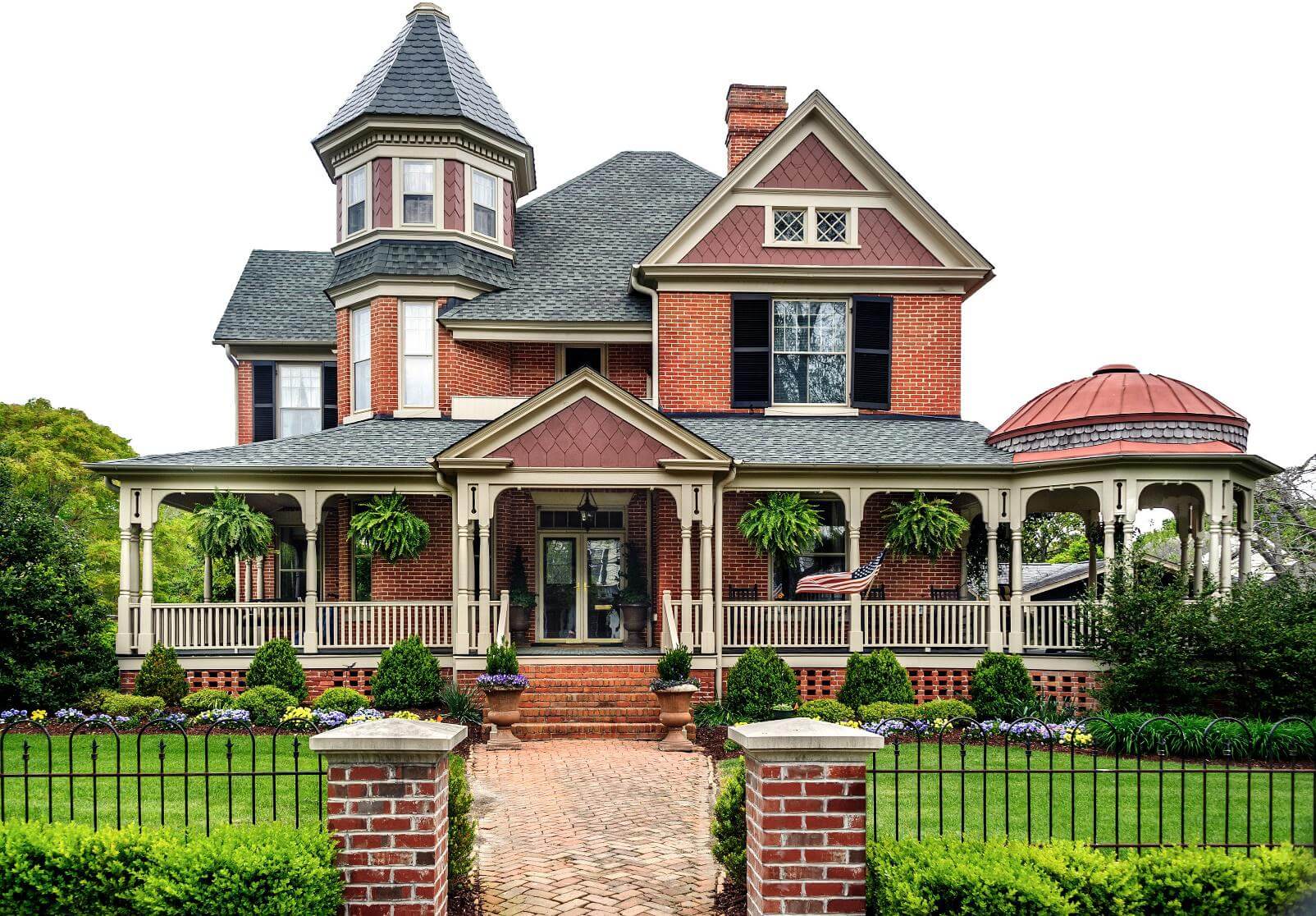
Queen Anne is one of the subsets of the Victorian style of architecture. Queen Anne specifically relates to a style popular in the late 19th and early 20th centuries. Naturally, houses that have been around for a century may need some improvement. In fact, you may specifically want to beautify your historical home and improve some of its functionality.
Siding Styles for a Queen Anne House
As with all Victorian architecture, Queen Anne houses feature textured, ornamented façades. When choosing siding for your Queen Anne house, you’ll want to pick at least two different styles. Brick veneer is common for this style. You could emphasize areas of architectural interest with brick veneer while having the rest of the house done in traditional horizontal siding.
Conversely, scalloped shingles are very popular for all Victorian homes, including the Queen Anne. If your house features a round turret, consider emphasizing the curves with scalloped shingles. As with the brick veneer, you can also choose to enhance other areas of architectural interest with these textured siding panels.
Queen Anne houses typically feature multi-color palettes – four is traditional. At minimum, you’ll want the colors of your sidings styles to differ. For example, you could use subtle beige for the horizontal siding, a complementary color for the scalloped shingles, and a vibrant color for the trim.
Roofing Options for a Queen Anne House
The traditional materials for roofs for Queen Anne houses are slate and cedar. Both of these materials are gorgeous. However, they’re also expensive. In the case of cedar shingles, you also acquire a fair amount of maintenance.
Many homeowners opt instead for asphalt or composite roofing that resembles one of the above materials. As with the siding, you want to choose more than one cut to emphasize the elaborate architecture. Scalloped, or fish-scale, shingles are very popular here, too. You can combine them with architectural asphalt shingles to highlight the beauty of your roofline.
Gutters for a Queen Anne House
While you’re considering the roof, think about your gutter too. Looking at your roofline, you may not see any gutters. Your historical home might not have any, which means water will drip down the side of your house and create an umbrella splattering all around your yard. However, Queen Anne houses traditionally had built-in gutter boxes.
A built-in gutter box is plumb with your roof. These boxes are relatively complicated installations for funneling water. At minimum, you’ll want professional gutter experts to inspect the entirety of the gutter box, ensuring it’s in good working order.
If you need a replacement gutter for your Queen Anne, consider one made of copper. It’s a high-end material, but copper gutters add elegance and beauty to your house’s façade. Over time, the copper patina will complement your house’s historical style.
If copper is out of your budget, consider a seamless gutter in a neutral color that recedes into the background. Let your siding and roofing take center stage on your Queen Anne’s façade.
Soffit and Fascia for a Queen Anne House
Many homeowners don’t give much thought to the soffit and fascia of their home. These two items are part of your house’s façade, details that are important in a Queen Anne house. Specifically, the soffit is the edge of your roof’s overhang – it’s what you see instead of shingles. The soffit is directly behind – it’s the underside of the roof’s overhang.
On any house, the soffit and fascia are designed to promote water runoff and block winds. Because a Queen Anne is an historical house, you’ll want to improve the functionality of both these areas. You can have protective panels fitted over both that improve their performance. The key is to choose panels that fit in with the color scheme and ornamentation for the rest of the façade.
Stay true to your Queen Anne’s style of architecture while improving the façade’s appearance and performance. The experts at Allstate Gutter & Siding
can help with your home improvement project.


